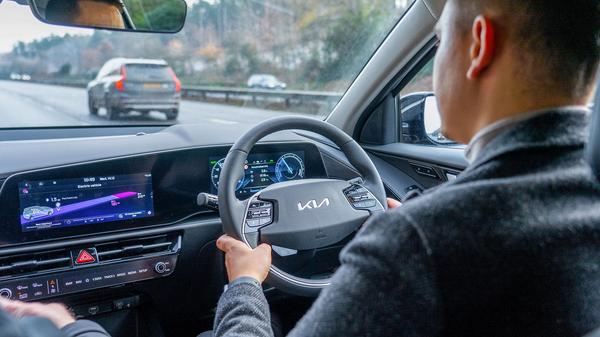Advice
Five ways to save energy, miles and money in your EV
Make your money go further in your electric car with these simple tips to driving more efficiently
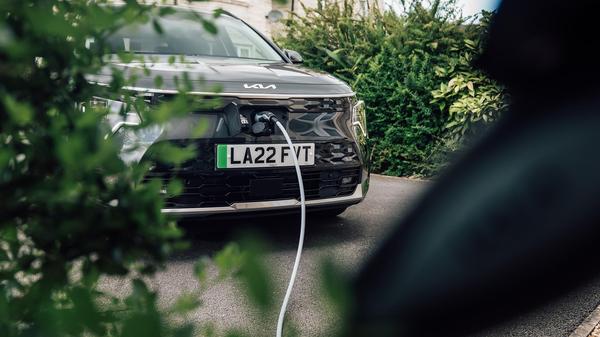

Words by: Hannah Hill
Published on 8 March 2023 | 0 min read
Given the challenges the cost-of-living crisis is putting on all of us we gladly accepted an invitation from Kia for some driver training on how to maximise the range you can get out of an electric car, the idea being with a few tips you can literally get more miles for the money you’ve spent charging the battery. Given rising domestic energy costs for home charging, and increasingly expensive public charging, that’s very on-message for the times, our car for testing the theory being the Kio Niro EV with an official claimed range of 285 miles. Could we make it go further, though?
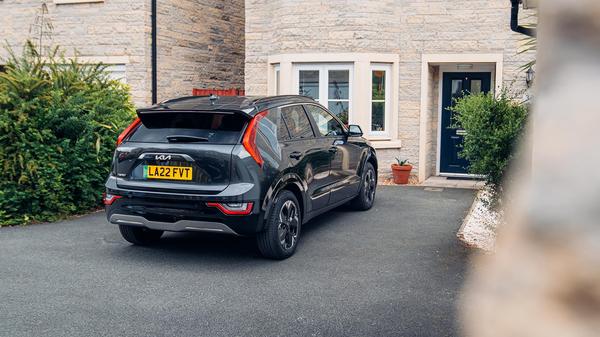
The task was simple, and one you can try out too. To start with we drove a planned route for a baseline figure for the all-important miles per kWh efficiency, this being the EV equivalent of the miles per gallon most of us are familiar with from our petrol and diesel cars with gallons of fuel substituted for kWh of energy in the battery. Then, after discussing some small tweaks to driving technique with an expert trainer from Kia, we put them into practise for a second attempt at the same route. The repeated route with the trainer demonstrated the improvement in the vehicle range following eco training.
On the first run our consumption was 3.6 miles per kWh, while on the second it rose to 3.9 miles per kWh. Making use the Niro’s smart regenerative braking system, and by adapting our driving style, we actually put four miles back into the available range. This suggests eco training can actually make a difference in reducing overall running costs and ownership of an EV. If applied over a longer distance, more conscious driving can help to optimise your vehicle’s efficiency, meaning you can travel further, reduce how often you need to charge, and reduce the overall energy use of your electric vehicle. If the cold snap has slashed the range on your EV here are some top tips on how driving it efficiently can help claw back some of those ‘lost’ miles, and ultimately save you money over the whole course of your ownership.
On the first run our consumption was 3.6 miles per kWh, while on the second it rose to 3.9 miles per kWh. Making use the Niro’s smart regenerative braking system, and by adapting our driving style, we actually put four miles back into the available range. This suggests eco training can actually make a difference in reducing overall running costs and ownership of an EV. If applied over a longer distance, more conscious driving can help to optimise your vehicle’s efficiency, meaning you can travel further, reduce how often you need to charge, and reduce the overall energy use of your electric vehicle. If the cold snap has slashed the range on your EV here are some top tips on how driving it efficiently can help claw back some of those ‘lost’ miles, and ultimately save you money over the whole course of your ownership.
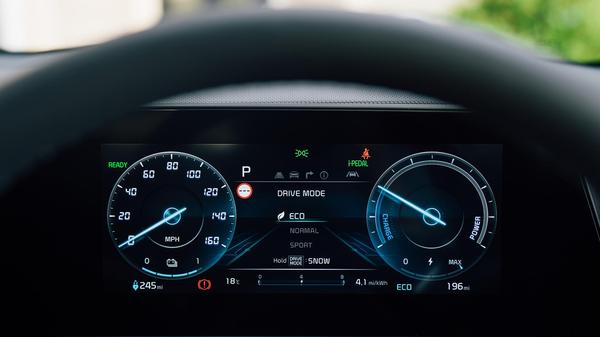
Don’t put your foot in it
The immediate, quickfire acceleration of EVs is a lot of fun, but if you want those extra miles, you’ll have to be a bit lighter on the right foot. Up to 50 per cent of the energy powering a car goes into acceleration, so much smoother driving in this way can help to cut down unnecessary bursts of acceleration that will eat away at your EV range.

Take it easy
Slow and steady wins the race … and it doesn’t have to be boring! Plan your departure time so you’re not in a rush, put on your favourite podcast or playlist, sit back and cruise along at 50mph instead of 60mph. Lower average speeds use less energy, meaning you should find that your EV range will be further.

Ditch the junk in the trunk
Travel light when you can. Driving with a heavy load requires more energy and therefore range depletes quicker. Take the roof box off if not in use, remove unnecessary clutter from the boot that’s been shoved in and forgotten about and clear the back seats of clutter.
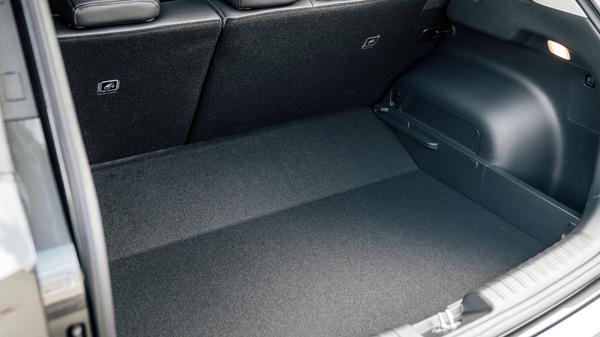
Law of averages
Maintaining a more consistent pace across your journey, especially over a longer distance really contributes to the overall efficiency of your EV. So, for your next road trip, utilise apps like the maps on your phone, Waze and others which share live information on traffic, accidents, blocked roads, weather conditions and anything that might disrupt your journey, and assess the best route to take. Strategic route planning to avoid traffic jams will keep the EV momentum going. It’s important to consider that the fastest route isn’t always the most efficient in conserving EV range.
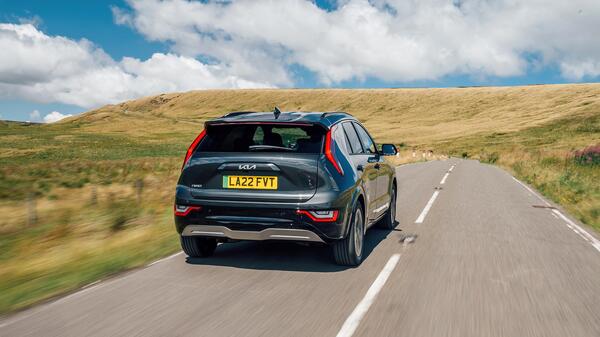
Look ahead
Anticipate the road ahead. Awareness of any upcoming traffic, roundabouts or stop/start scenarios on the road will allow you to keep the car moving at a steady pace that doesn’t require heavy slowing and acceleration. For example, rather than accelerating up to junction or roundabout and then slowing down suddenly, come off the acceleration and look out early to see if it’s safe to keep going so that you don’t have to accelerate off again if you don’t need to.
